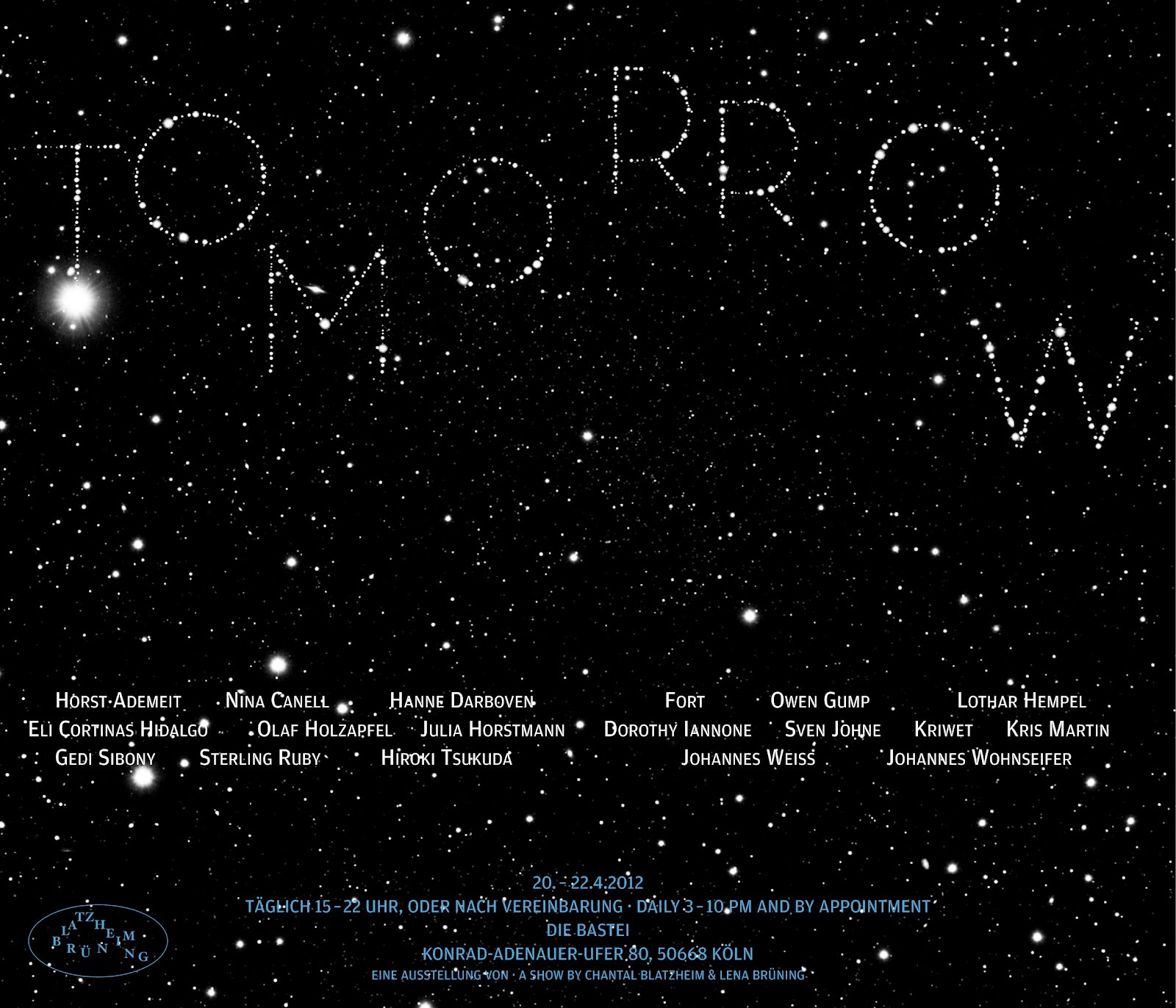"In Utopia, where every man has a right to do everything, they all know that if care is taken to keep the public stores full, no private man can want anything; for among them there is no unequal distribution, so that no man is poor, none in necessity; and though no man has anything, yet they are all rich; for what can make a man so rich as to lead a serene and cheerful life, free from anxieties." – Thomas More, Utopia-
The idea of Utopia may be as old as human civilization itself. Especially in times of change when established structures are challenged, Utopian concepts emerge and move into the centre of social discourse. In a post-millenial world determined by consecutive political upheavals, consequences of globalization, the shifting of gender roles, the opaqueness of the internet and economical crises in quick succession, the pursuit of fictional and therefore perfect and absolute alternatives to the present gains special relevance. Nevertheless, the concept of Utopia has always been tainted by the notion of the fantastic and the practically impossible. Utopia does not require a coherent argument and seldomly features an explicit concept, but limits itself to the realm of the imaginary. The notion of its failure is as old as the concept of Utopia itself. But it is exactly this ambivalence that constitutes its persisting fascination and inspires to numerous philosophical and artistic approaches.
Similar to past generations of artists like the futurists or the psychedelic art of the 1970s, many contemporary artists critically reflect social and political conditions. The exhibition "Tomorrow" provides an insight into artistic creation on an international level and creates a dialogue between different utopian ideas and visions of the future, as well as critical analyses of the present. The show does not offer solutions, but emphasizes the fragmentary, processual element that raises questions and finds its expression in art. Therefore, historical positions, whose topicality becomes manifest especially in the context of contemporary circumstances, are included into the exhibition and accordingly presented within a new context.
The Bastei, built in 1924 by Cologne architect Wilhelm Riphan as an expressionistic monument in rotund shape, protrudes across the Rhine, offering a fantastic view over the riverbank, the cathedral and the historic city. It is connected to the fair in Deutz by a picturesque promenade and therefore qualifies as an ideal exhibition space.

























